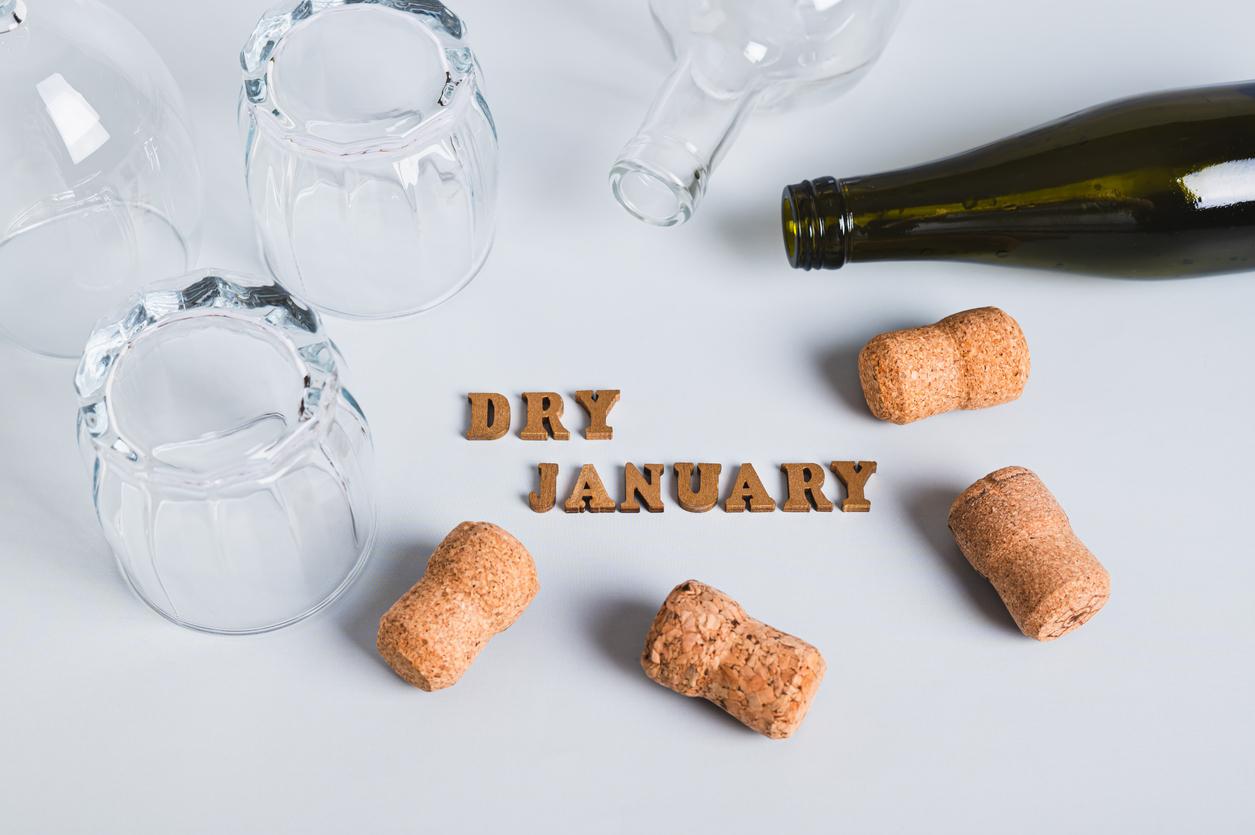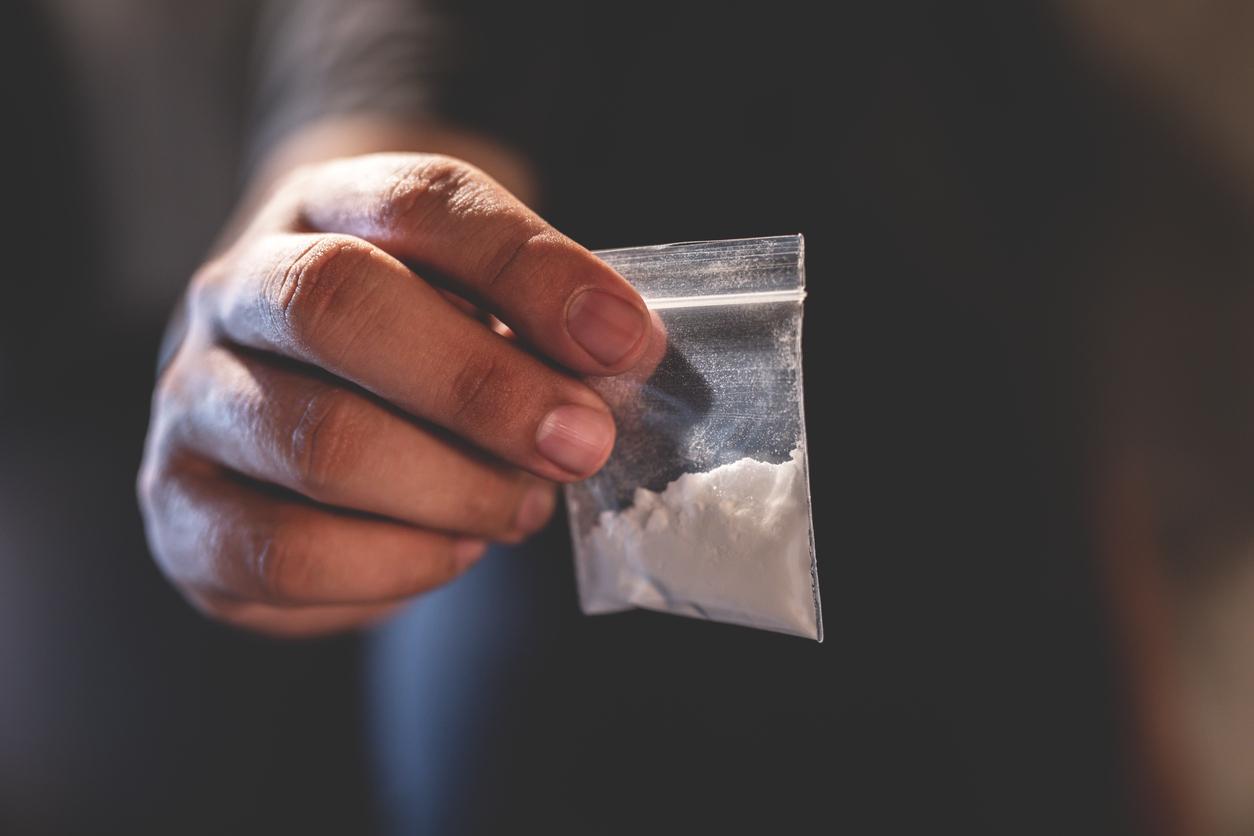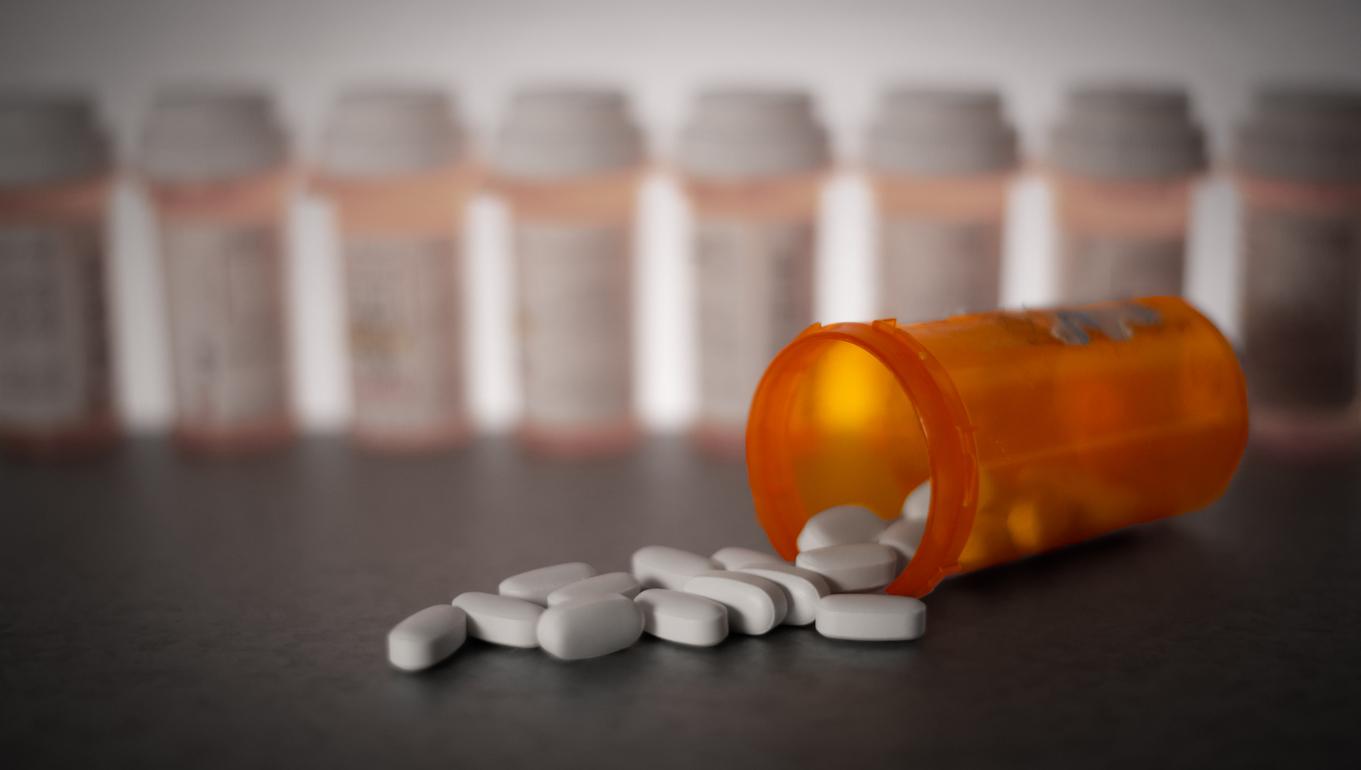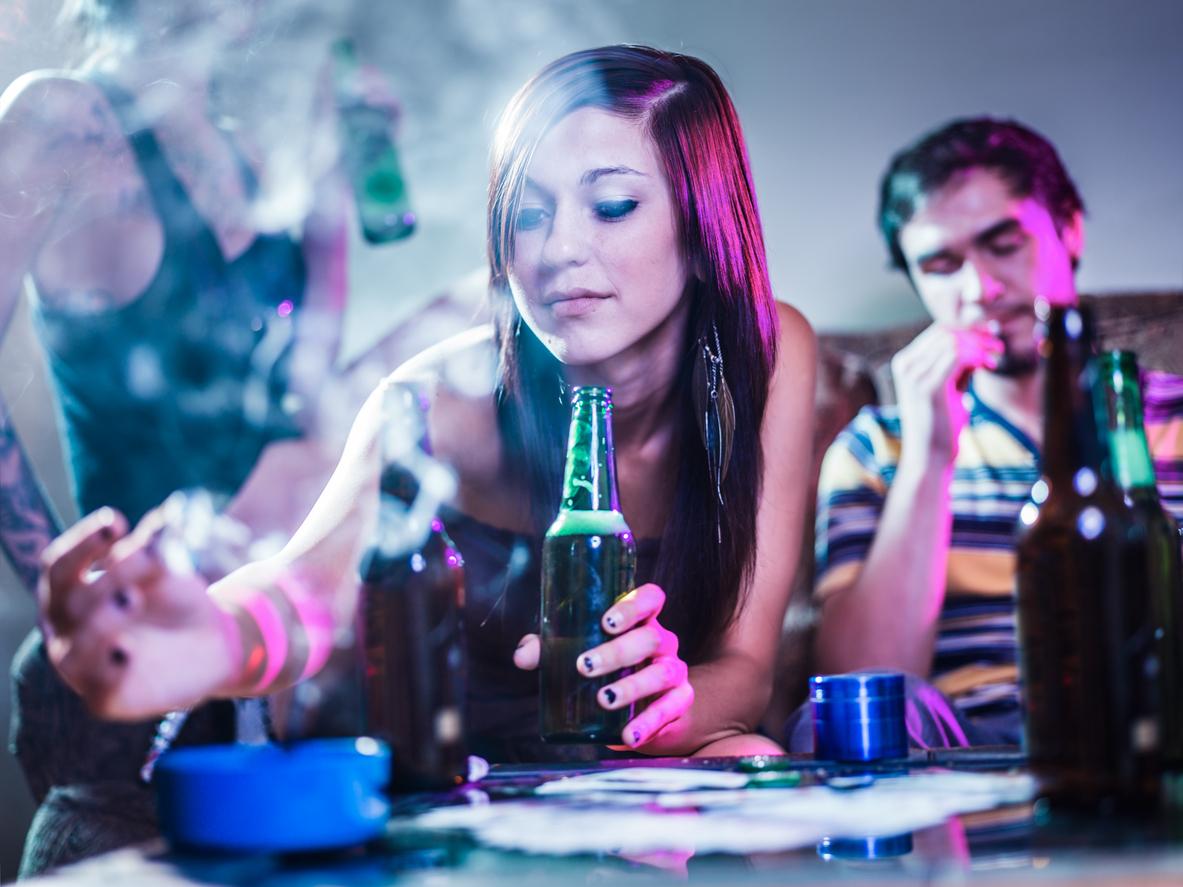Cannabidiol (CBD) is a cannabinoid found in cannabis.
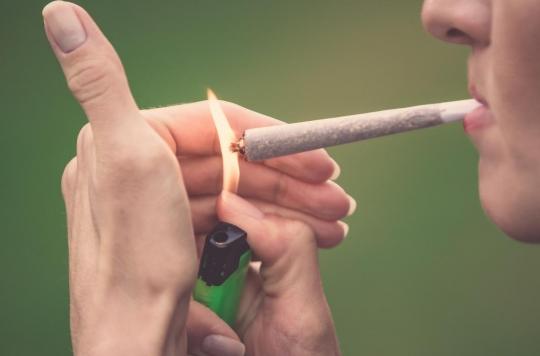
- The 400mg and 800mg doses of cannabidiol have been shown to be safer and more effective than placebo in reducing cannabis use.
- Cannabis is by far the most widely used illicit substance in France.
According to a new study published in The Lancet, CBD, a non-psychotropic component of cannabis, would be effective in freeing consumers from possible addictive disorders. “The main objective was to identify the most effective dose of cannabidiol to reduce cannabis consumption, explain the researchers. We really need pharmacological treatment for cannabis use disorders. Cannabidiol (CBD) could offer a new medication, but it’s unclear what doses might be safe and effective.” continue the scientists.
200mg, 400mg and 800mg
Between May 28, 2014 and August 12, 2015 (first stage), 48 participants were randomly assigned to a placebo and doses of 200 mg, 400 mg and 800 mg of cannabidiol. In an interim analysis, the 200 mg dose was found to be ineffective. Between May 24, 2016 and January 12, 2017 (second stage), randomization continued and 34 additional participants consumed either 400 mg of cannabidiol, 800 mg of cannabidiol or a placebo.
During the experiment, cannabidiol was well tolerated, and no serious adverse effects were reported among the participants. Finally, “400mg and 800mg doses of cannabidiol have been shown to be safe and more effective than the placebo to reduce the consumption of cannabis”, conclude the authors by comparing the times of abstinence.
Addiction Diagnosis
Cannabis is by far the most widely used illicit substance in France. In 2016, 42% of adults aged 18 to 64 said they had used cannabis in their lifetime. This experimentation, which for older people often proves to be very old, is done more by men than by women (51% against 34%).
The diagnosis of addiction (or dependence) is based on well-defined criteria, set by international mental health authorities and listed in a manual, the Diagnostic and Statistical manual of Mental disorders (DSM), the fifth edition of which dates from 2013. Among these criteria, we find the loss of self-control, the interference of consumption on school or professional activities, or the continuation of consumption despite the awareness of the disorders it generates.
.







